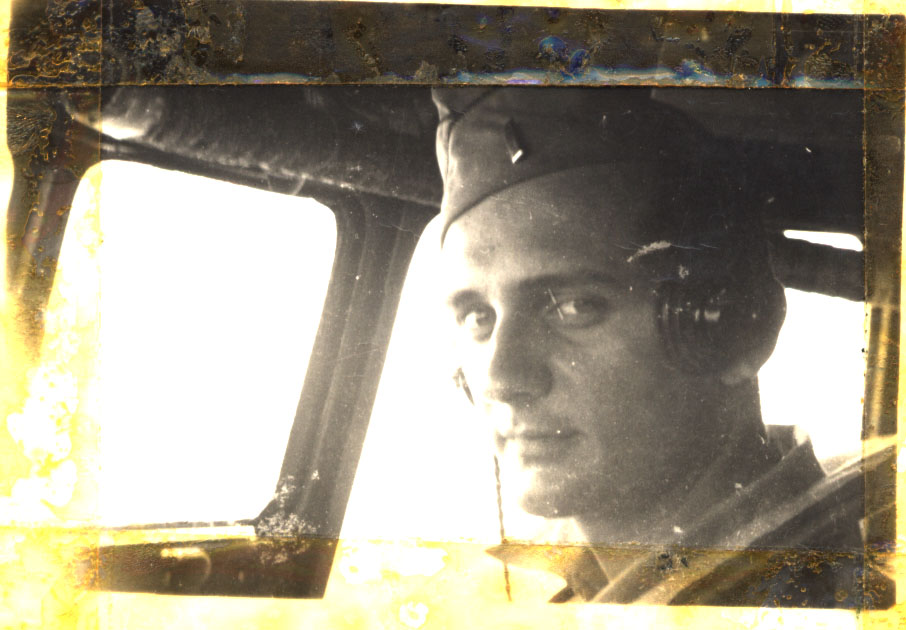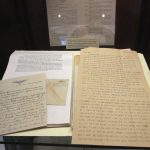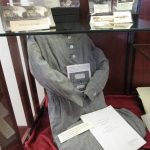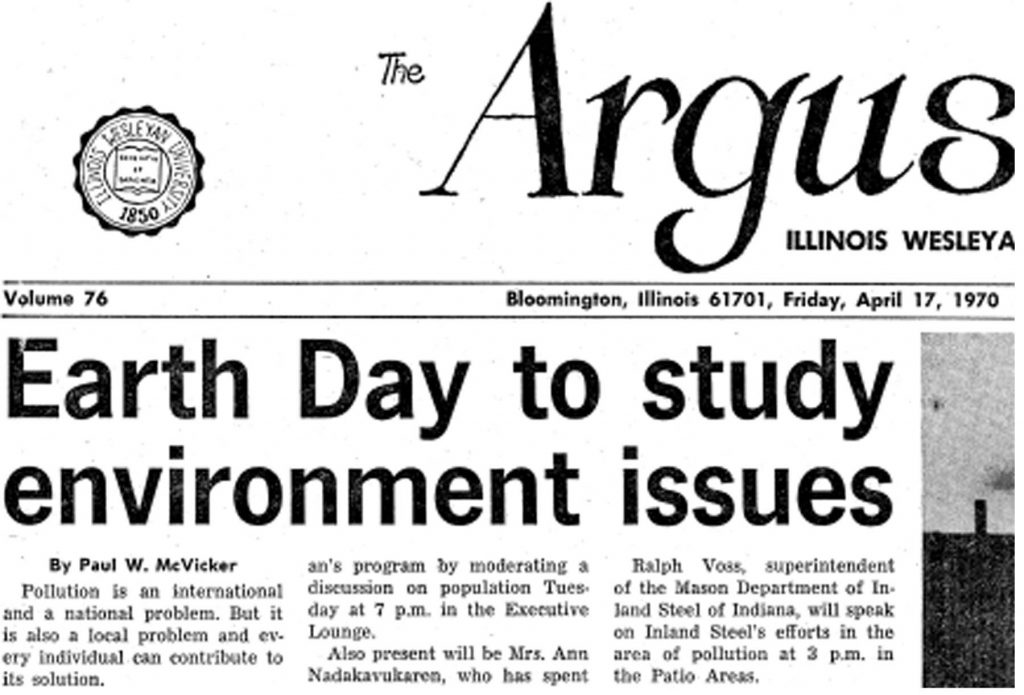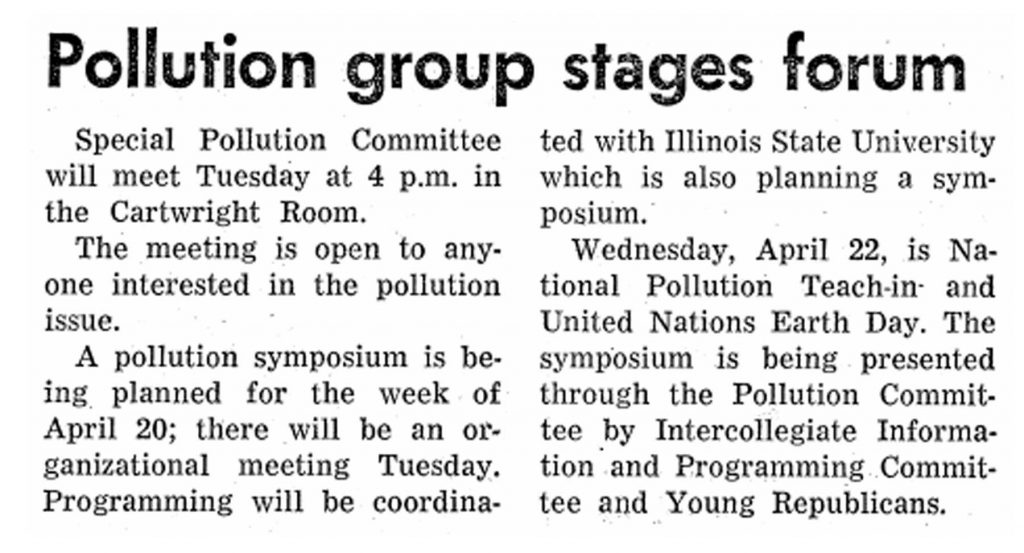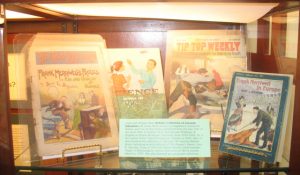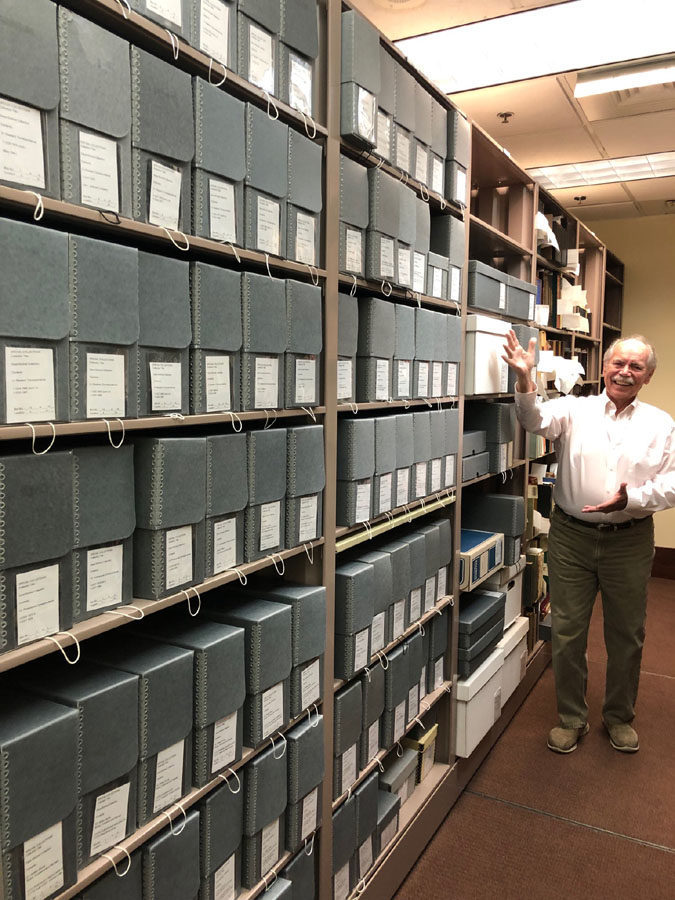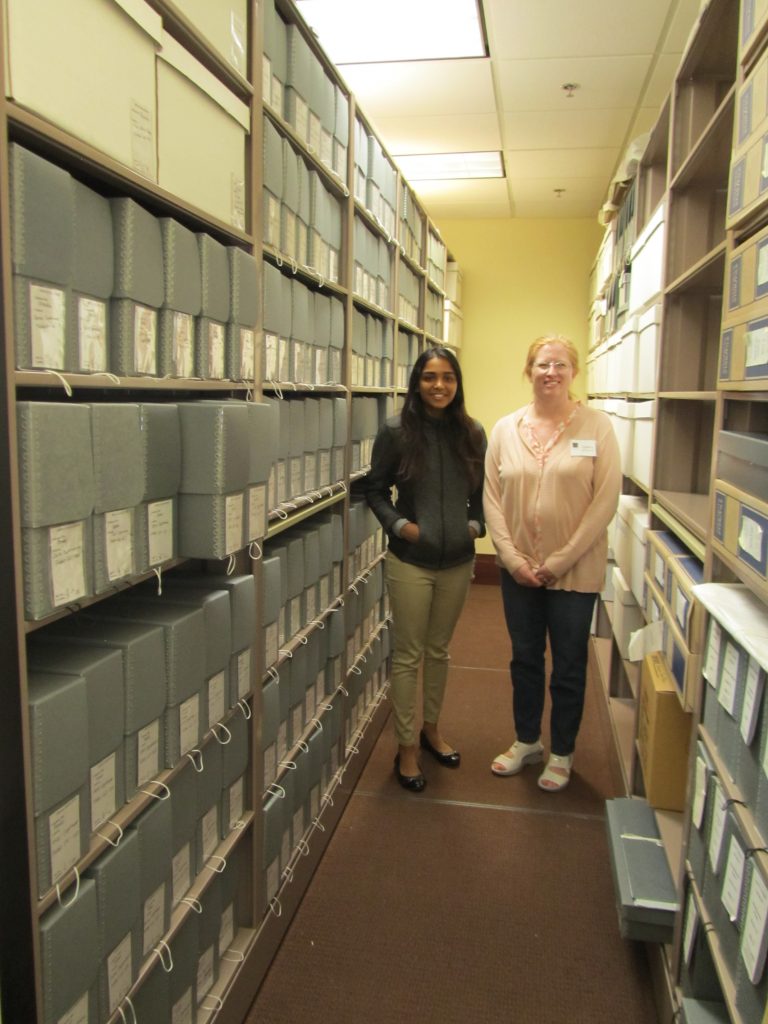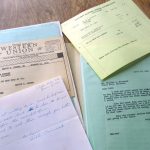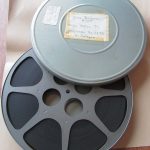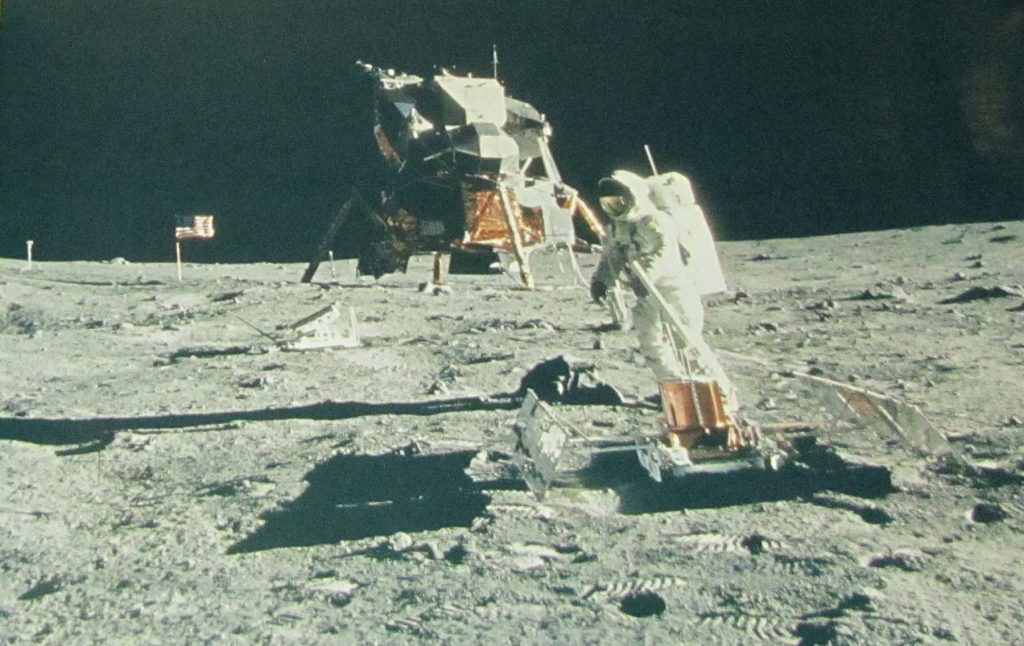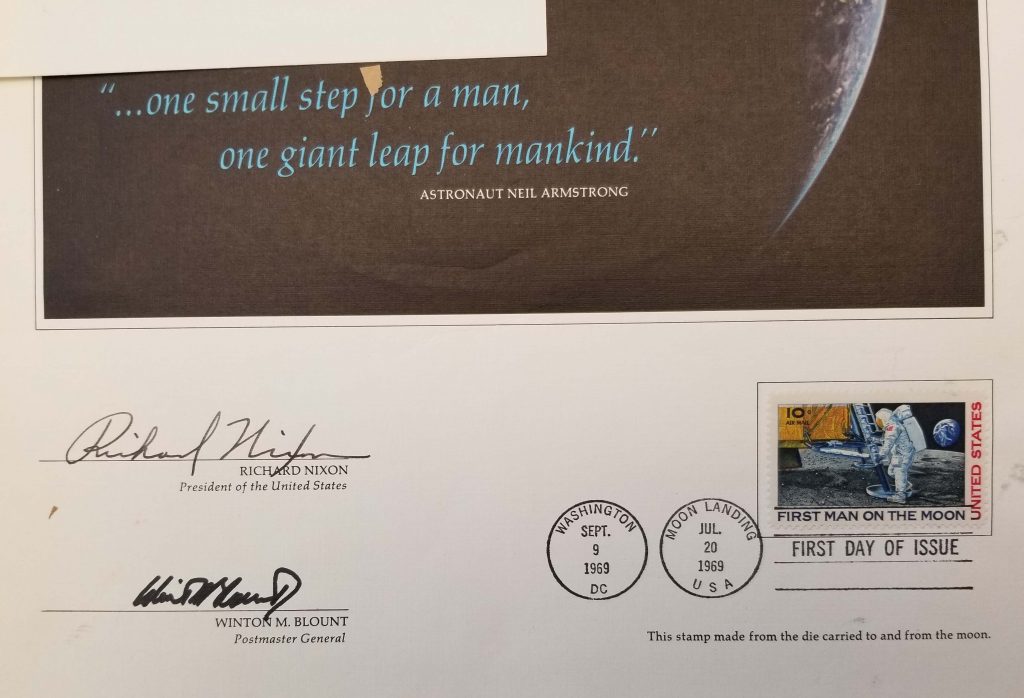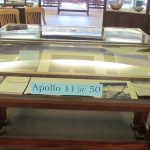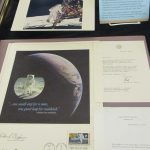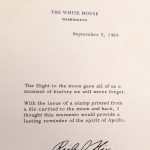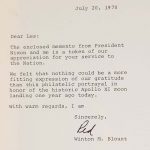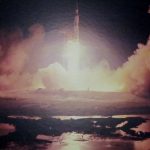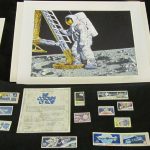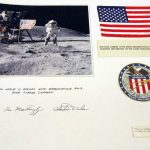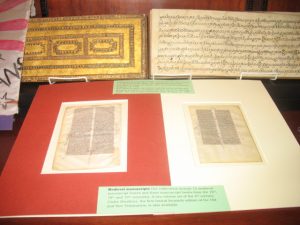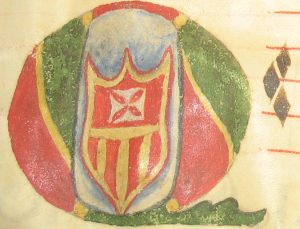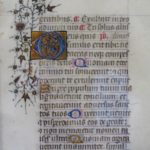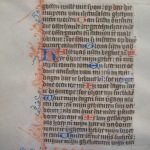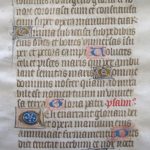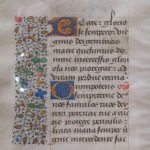What we now know as Veterans Day was first celebrated as Armistice Day, the day that active hostilities during World War I ceased in 1918. President Dwight D. Eisenhower changed the focus of the day in 1954 “In order to insure proper and widespread observance of this anniversary, all veterans, all veterans’ organizations, and the entire citizenry will wish to join hands in the common purpose.” (see this Dept. of Veterans Affairs page for more).
This post offers an opportunity for promoting several unexplored collections in the University’s archives & special collections that contain perspectives on the experiences of veterans and their communities. The images in the gallery below (click to enlarge) highlight just the items currently on display across from the Library Services Desk in The Ames Library. These and other collections are available for exploration throughout the year on the library’s 4th floor.
Examples of these documents include service applications of the WWII-era Nurse’s Cadet Corps, alumni responses to a post-WWI and WWII survey of activities, correspondence from two brothers during WWI to their sister Ester Vissering, correspondence from several WWII soldiers to student Nell Carmichael, correspondence and sketches from alumnus and Professor of Art Fred Brain to his family during WWII, Nursing Superintendent Maude Essig’s WWI diary, and administrative meeting notes and student reporting on war-related activities on campus and abroad. And, of course, The Argus provided extensive reports on campus involvement in world events.
We have no primary sources related to veterans of the Cold War or the active U.S. wars in Korea, Vietnam, Afghanistan or Iraq, but thanks to Pat Rosenbaum, administrative specialist in the Dean of Students Office, we have a list of all known alumni with military affiliations. Contact the archives to find out how you can contribute more to our knowledge of the effects these events had on your lives.
- Entry Level exhibit as a whole
- WWI S.A.T.C orders for IWU student enlistment
- post-WWII service record index cards
- post-WWI Correspondence from IWU alumni, students and surviving family
- Nell Carmichael Livingston WWII Correspondence
- Maude Essig WW I diary and nurse’s uniform

